Goodbye, boarding pass. Hello, facial recognition?
The last big breakthrough in aviation when it comes to boarding your flight came in the early 2000s, with the arrival of eTicketing. But a new proposed overhaul of how you get on planes could shake things up in a much larger way. The International Civil Aviation Organization (ICAO), a United Nations agency which oversees international airline policy, has revealed plans for a digital travel credential (DTC), which will do away with boarding passes and current check-in procedures and instead rely on technology like facial recognition. (Some 193 countries, including the U.S., are members of the ICAO.) A pilot program testing the DTC has been underway in Finland for almost a year, with approval ratings of higher than 90%. Participating passengers look at a camera and place their passport on a reader device. The ICAO overhaul, though, would see passport data securely stored on passenger smartphones. Amsterdam’s Schiphol Airport, in 2019, also introduced facial recognition technology for boarding on select flights. France and Mexico also use the technology in some instances. It’s still unclear whether or when we might ditch boarding passes and physical passports in the U.S.. Development of a digital travel credential is something that will be optional for each nation. The U.S. Transportation Safety Administration did not respond to a Fast Company request for comment about how, when or if this would be implemented in U.S. airports, though some airports do use facial recognition technology now. Boarding: Now vs. then The changes proposed by the ICAO would upend the airport experience, however. Today, most passengers must check-in with their carrier either online or at the airport, then scan a boarding pass before they enter the plane. It can be a bit kludgy, especially if you’re running late. Under the new system, passengers would download what’s called a “journey pass” to their phones when they book their flights. This will contain all of your booking details and let you move throughout the airport without having to fish your passport or boarding pass out of your pocket. Facial recognition will identify you when you enter the airport and alert the carrier you have arrived. Delta, at its CES keynote in January, hinted at some of these features, showing an imagined travel day for one passenger using the upcoming AI-driven Delta Concierge service, including the use of facial recognition to bypass the check-in process. Hurdles and advances A global rollout of the system is expected to take place over the next two to three years, with full adoption expected by 2028, though it might be later for smaller airports. That timetable might be overly ambitious, however. It would require airports and airlines to radically change their systems. Many airlines silo the various parts of their operations (reservations, for example, are not tied in directly with passenger processing at the airport). Transitioning to a DTC system will require airports to make extensive infrastructures upgrades and would require significant investments. Passengers could also have issues with not being able to opt out of facial recognition technology. And facial recognition technology does not have the best track record when it comes to recognizing people of color. The Times reports the equipment that will be used at airports will only verify information, making sure the passenger’s face matches the passport. Data will not be stored, to lower the chances of a data breach. The International Air Transport Association estimates the number of air passengers will double to 8 billion by 2040. The ICAO is attempting to reduce the friction of travel with the new system and is betting DTC can not only increase the accuracy of flight systems but make those coming crowds easier to navigate.

The last big breakthrough in aviation when it comes to boarding your flight came in the early 2000s, with the arrival of eTicketing. But a new proposed overhaul of how you get on planes could shake things up in a much larger way.
The International Civil Aviation Organization (ICAO), a United Nations agency which oversees international airline policy, has revealed plans for a digital travel credential (DTC), which will do away with boarding passes and current check-in procedures and instead rely on technology like facial recognition. (Some 193 countries, including the U.S., are members of the ICAO.)
A pilot program testing the DTC has been underway in Finland for almost a year, with approval ratings of higher than 90%. Participating passengers look at a camera and place their passport on a reader device. The ICAO overhaul, though, would see passport data securely stored on passenger smartphones. Amsterdam’s Schiphol Airport, in 2019, also introduced facial recognition technology for boarding on select flights. France and Mexico also use the technology in some instances.
It’s still unclear whether or when we might ditch boarding passes and physical passports in the U.S.. Development of a digital travel credential is something that will be optional for each nation. The U.S. Transportation Safety Administration did not respond to a Fast Company request for comment about how, when or if this would be implemented in U.S. airports, though some airports do use facial recognition technology now.
Boarding: Now vs. then
The changes proposed by the ICAO would upend the airport experience, however.
Today, most passengers must check-in with their carrier either online or at the airport, then scan a boarding pass before they enter the plane. It can be a bit kludgy, especially if you’re running late.
Under the new system, passengers would download what’s called a “journey pass” to their phones when they book their flights. This will contain all of your booking details and let you move throughout the airport without having to fish your passport or boarding pass out of your pocket. Facial recognition will identify you when you enter the airport and alert the carrier you have arrived.
Delta, at its CES keynote in January, hinted at some of these features, showing an imagined travel day for one passenger using the upcoming AI-driven Delta Concierge service, including the use of facial recognition to bypass the check-in process.
Hurdles and advances
A global rollout of the system is expected to take place over the next two to three years, with full adoption expected by 2028, though it might be later for smaller airports. That timetable might be overly ambitious, however.
It would require airports and airlines to radically change their systems. Many airlines silo the various parts of their operations (reservations, for example, are not tied in directly with passenger processing at the airport). Transitioning to a DTC system will require airports to make extensive infrastructures upgrades and would require significant investments.
Passengers could also have issues with not being able to opt out of facial recognition technology. And facial recognition technology does not have the best track record when it comes to recognizing people of color.
The Times reports the equipment that will be used at airports will only verify information, making sure the passenger’s face matches the passport. Data will not be stored, to lower the chances of a data breach.
The International Air Transport Association estimates the number of air passengers will double to 8 billion by 2040. The ICAO is attempting to reduce the friction of travel with the new system and is betting DTC can not only increase the accuracy of flight systems but make those coming crowds easier to navigate.
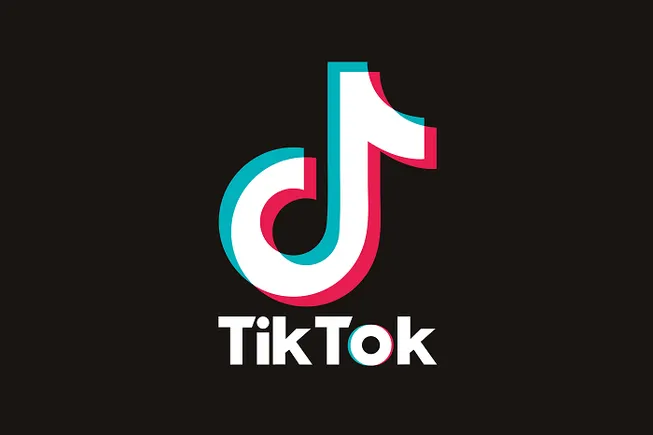

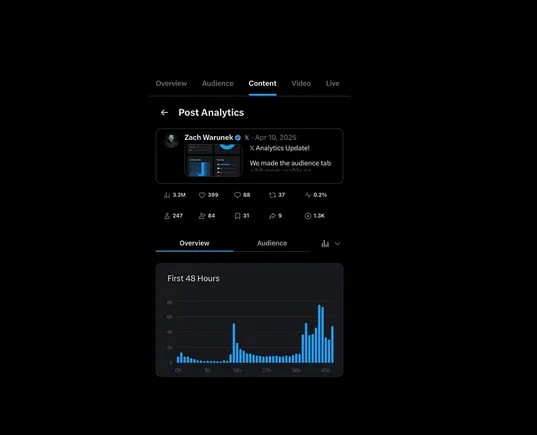




















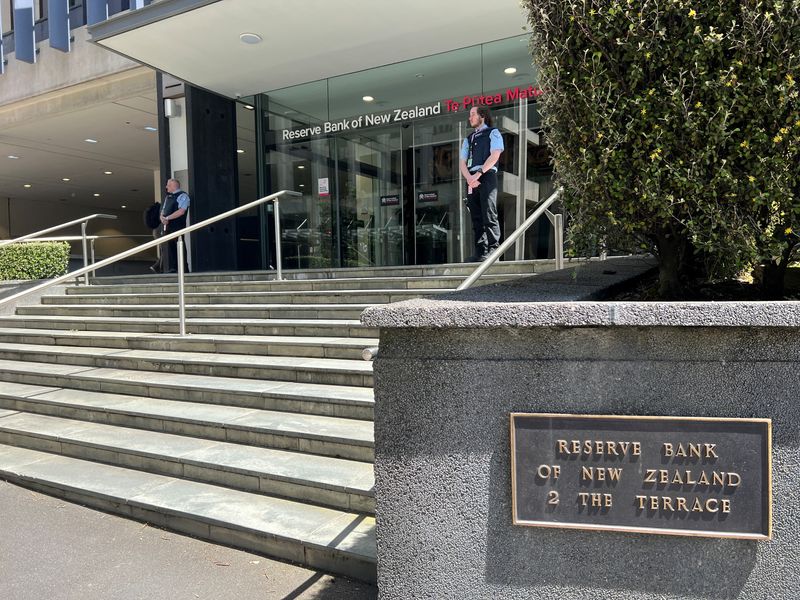

















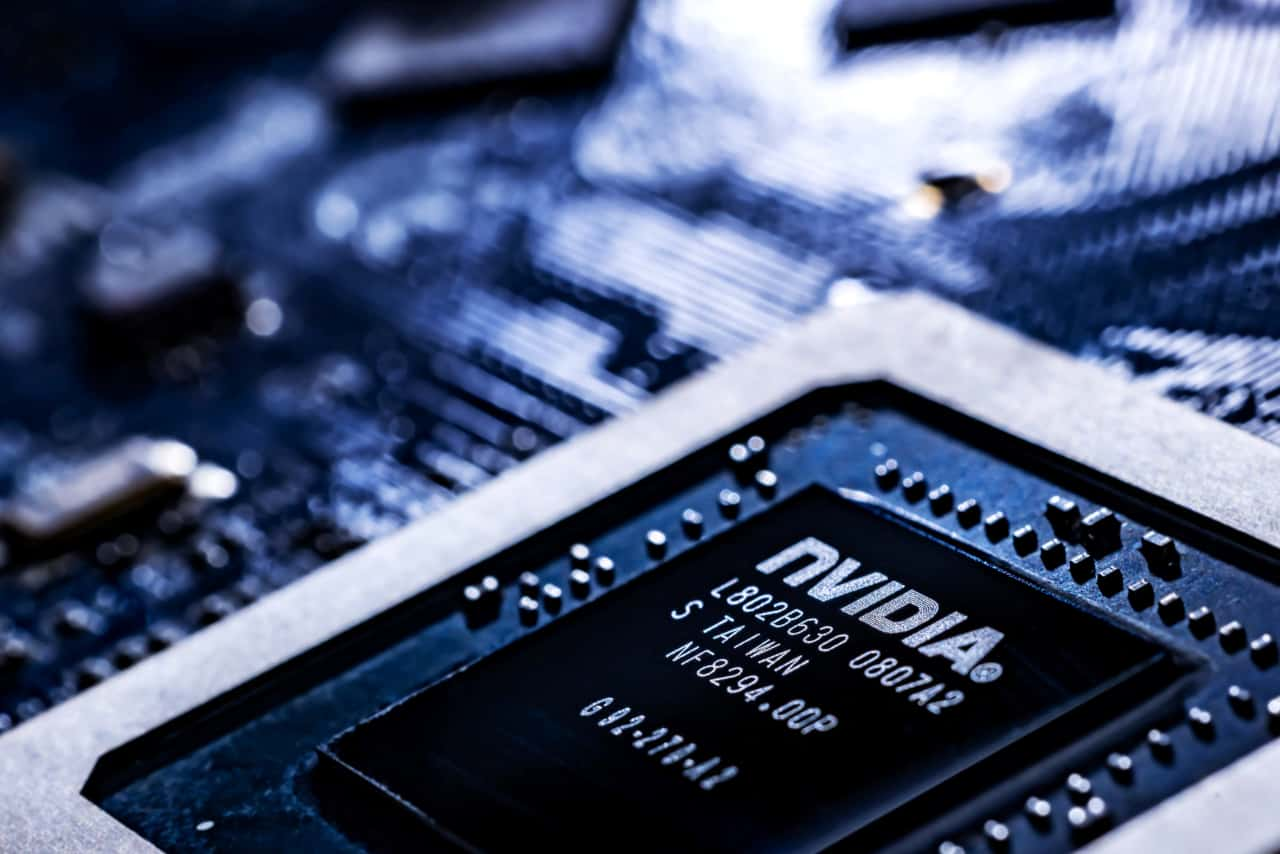
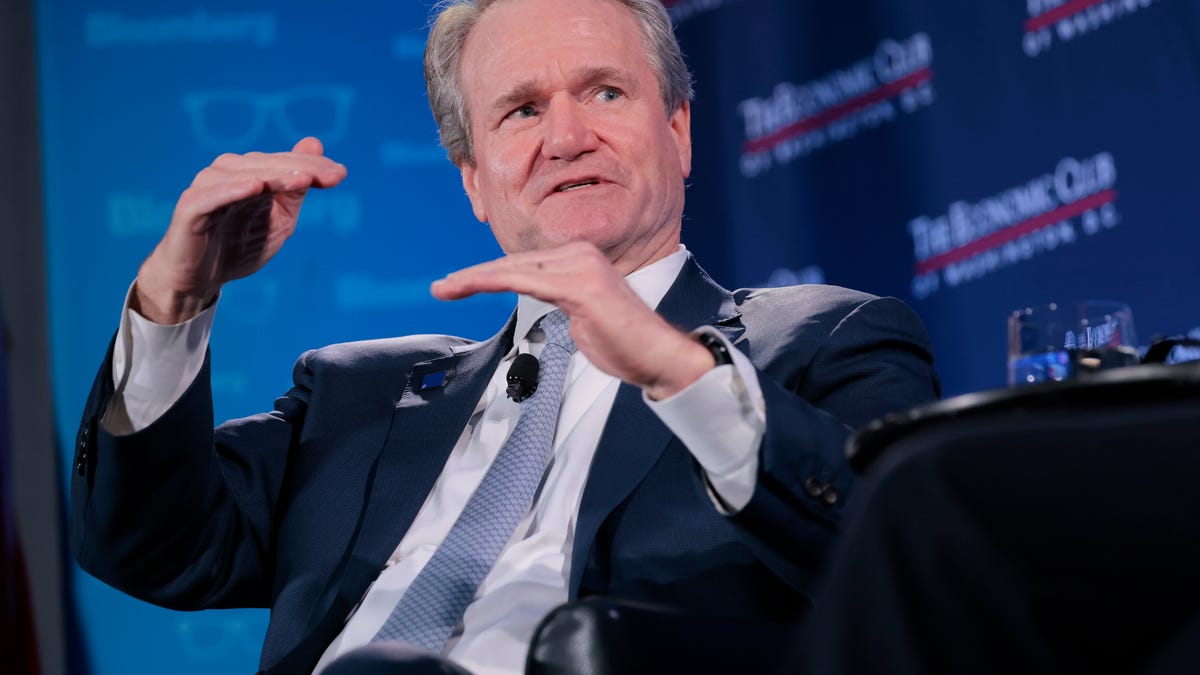

































































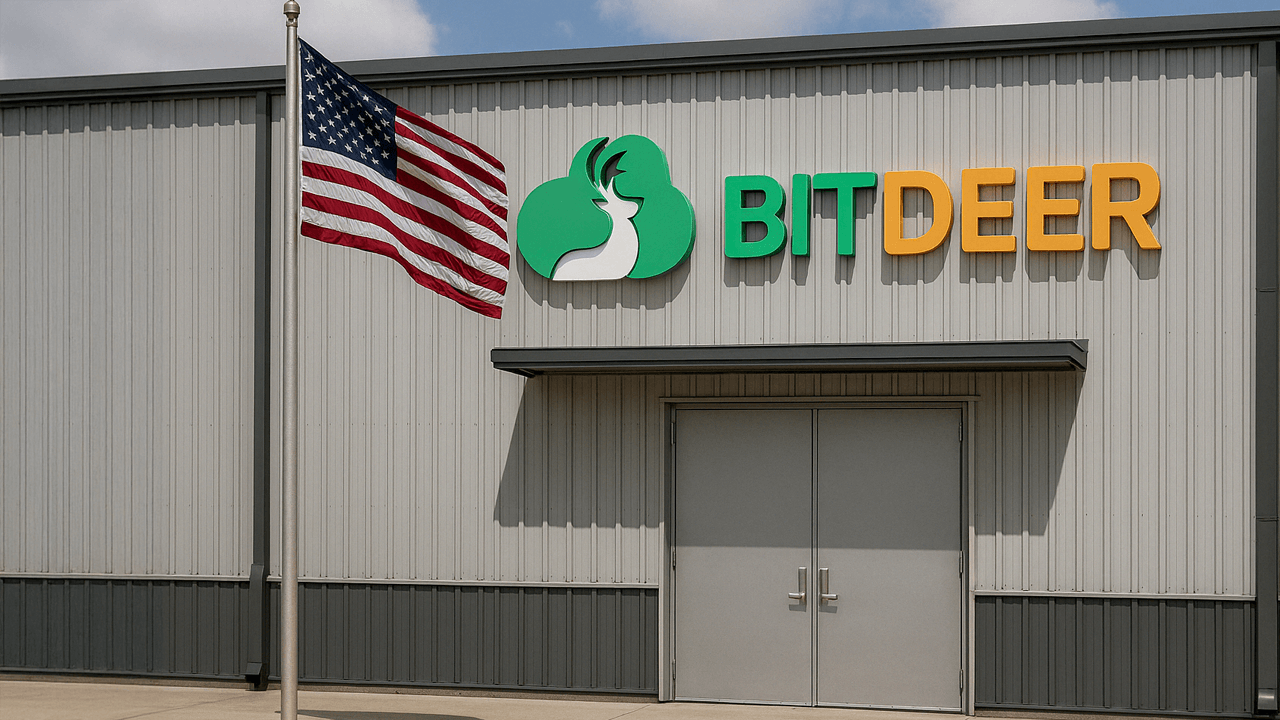





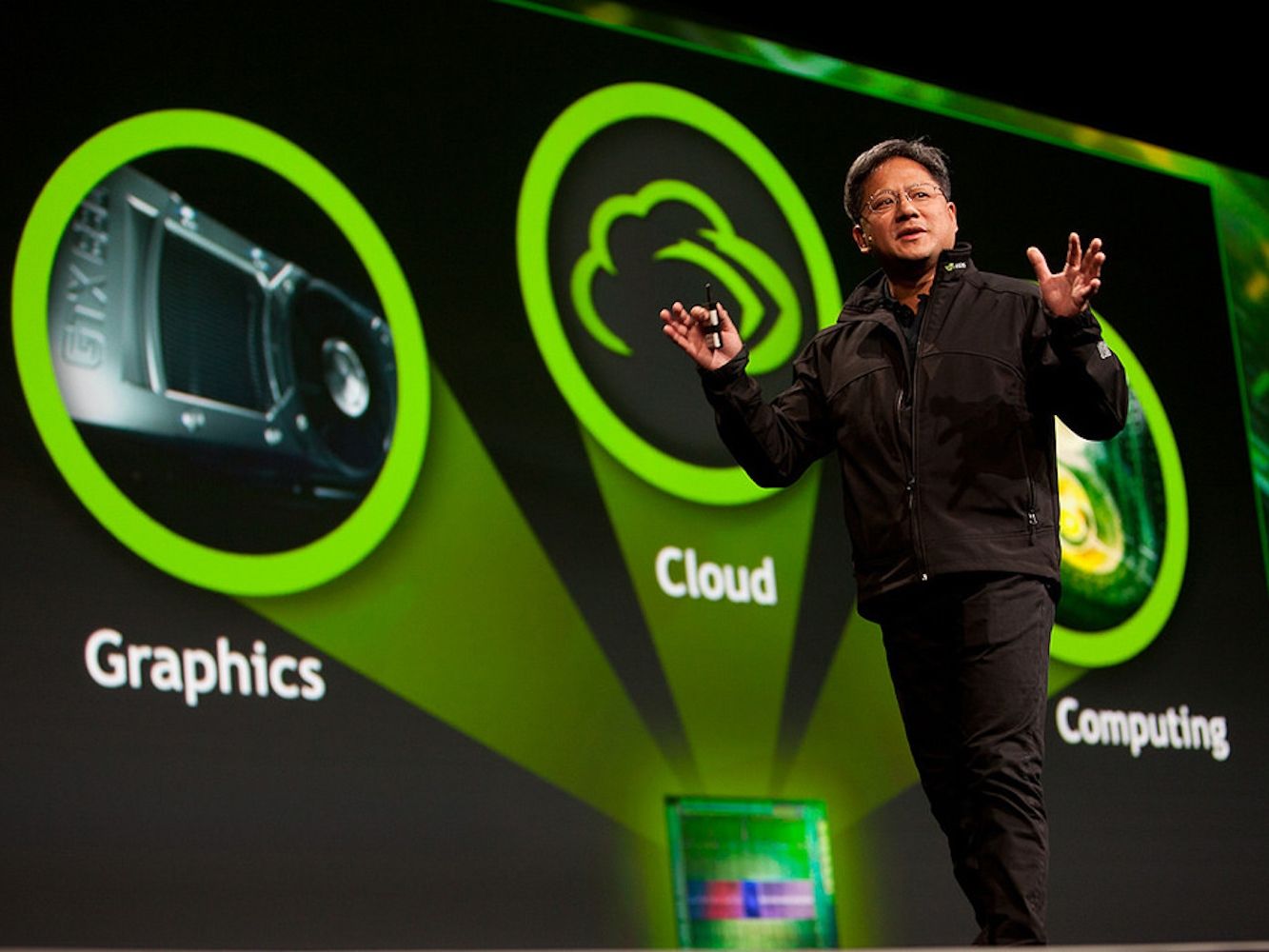






































































![How to Find Low-Competition Keywords with Semrush [Super Easy]](https://static.semrush.com/blog/uploads/media/73/62/7362f16fb9e460b6d58ccc09b4a048b6/how-to-find-low-competition-keywords-sm.png)



